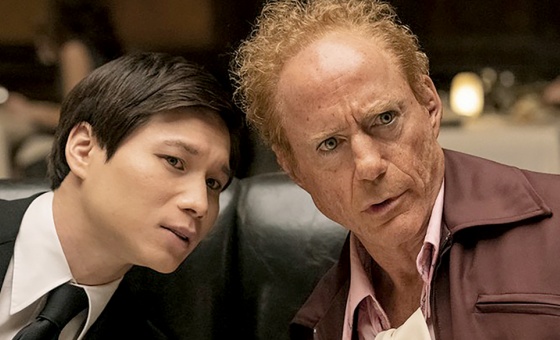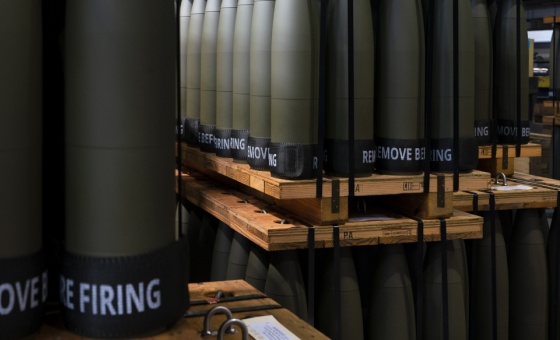This is the last article you can read this month
You can read more article this month
You can read more articles this month
Sorry your limit is up for this month
Reset on:
Please help support the Morning Star by subscribing here
The Facemaker, by Lindsey Fitzharris
Allen Lane, £20
OFTEN after war, comes technical advance for peacetime: but afterwards, not before, as all funded effort is in the technology of killing.
World War II brought us radar and emotional attachment theory. World War I — that rich man’s war in which 15 million poor men died — plastic surgery, for when returning with a lost limb could make you a hero, a lost face made you a monster.
“The science of healing stood baffled before the science of destroying.” But one surgeon met the challenge, Harold Gilles, known as the grandfather of plastic surgery for his pioneering work in reconstructing the faces of soldiers that had had them torn away by the killing machinery.
“A generation that had gone to school in horse-drawn streetcars found itself under the open sky in a landscape in which only the clouds were unchanged and where, in the midst of it all, in a force field crossed by devastating currents and explosions, stood the tiny, fragile human body,” as Walter Benjamin wrote.
In the prologue — A Unlovely Object — we follow 36-year-old Private Percy Clare on the morning of a dawn attack at Cambrai, 1917.
We are with him through unimaginable horrors to the point where he cannot see any more, as his face takes a bullet, through one cheek and out the other — destroying it.
Left for dead, he is recognised by a friend. “Hello Perc — poor old fellow — how are you getting on?”
He is brought back, face down on a stretcher, lest the blood block the airways. Each man’s story could form this prologue, and Clare’s story of reconstruction at the hands of Harold Gilles and his team is picked up in a later chapter.
The book is neither an exhaustive biography of Gilles nor a definitive history of plastic surgery during WWI but an account of the daily struggles that Gilles and his team faced at Queen’s Hospital Sidcup as they tried to rebuild disfigured men’s faces.
The emotional strategies that Gilles employed were rounds of golf and an alter ego, Dr Scroggie, who would cheer up his men at night on the wards.
Masks – the tin masks. The details — the marvellous account of the eye lid.
The work of Gilles’s counterpart in Germany — German-Jewish surgeon Jaques Joseph, working on the faces of battle ravaged Germans — is fascinating.
Before the war he’d undergone plastic surgery himself to modify the “signifiers of his ethnicity” and had done the same for others. But in the multiple stories of how we face the word, that’s another one. Did Gilles and he collaborate?
You can only write such a book with grace and clarity and Fitzharris does both. The facts of these young men’s lives and what they had taken from them speak for themselves, as she speaks for them. She doesn’t overwhelm, but does challenge the reader, with grace, clarity and love.
For researching this and setting it down in such good prose, we owe her.











